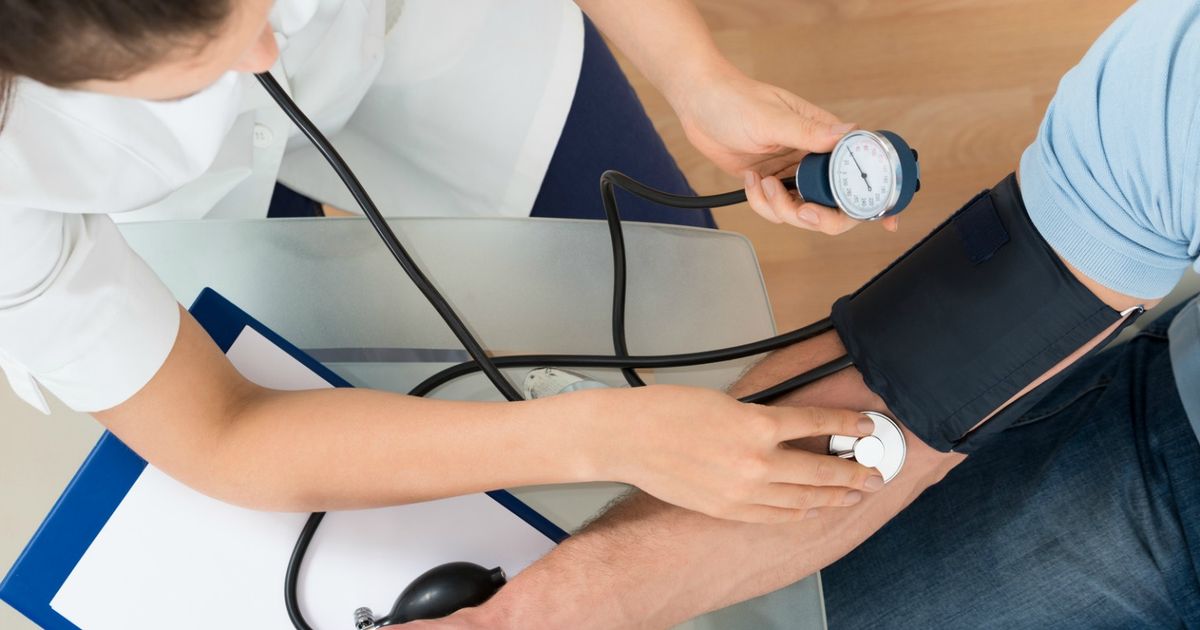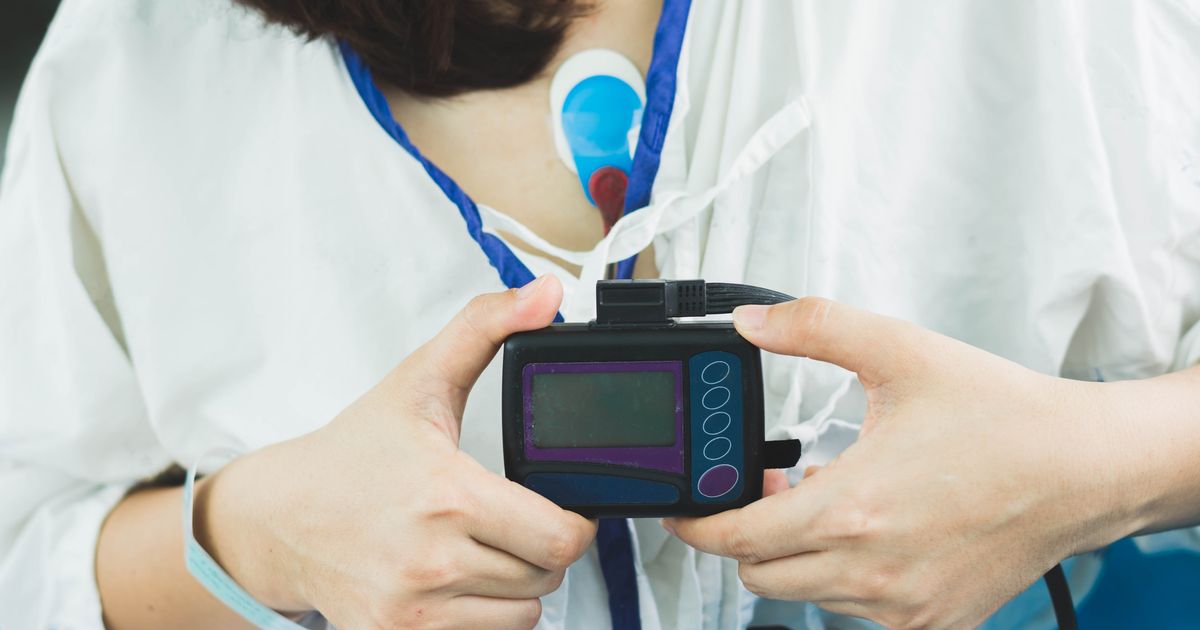What Is Hypotension?
When it comes to medical information about managing blood pressure, the overwhelming majority warns about the dangers of hypertension, commonly known as high blood pressure. High blood pressure, after all, puts an individual at an increased risk of heart disease, heart attacks, and other serious health conditions. Unfortunately, forgetting about the other end of the spectrum, hypotension, offers its own serious health risks. Curious about what hypotension is, how to treat it, and what can be done to prevent it? Learn everything there is to know now.
What Is Hypotension?

Before diving into what hypotension is, it is worth mentioning blood pressure measures the force of the blood pushing against artery walls as the heart pumps out blood. The pressure is typically written with the systolic number, when the heart beats while pumping out blood, on top and the diastolic number, when the heart is resting between beats, on the bottom. For example, a blood pressure reading would be 120/80 mmHg. The first number is systolic and the second is diastolic. The mmHg is the units used to measure blood pressure: millimeters of mercury.
Hypertension, as previously mentioned, means high blood pressure. Thus, many may have guessed hypotension refers to low blood pressure, specifically abnormally low blood pressure, usually lower than 90/60 mmHg. The reason hypotension gets less attention is the majority believes low blood pressure is healthy since these individuals are at a much lower risk of developing complications associated with high blood pressure. However, low blood pressure is still quite dangerous.
Often, doctors will mention hypotension is worth concern only when patients begin exhibiting symptoms. Keep reading to discover what these worrying symptoms are.
Signs & Symptoms Of Hypotension

Symptoms of hypotension, when it is beginning to become a serious concern for the individual suffering, include dizziness, lightheadedness, blurry vision, fatigue, nausea, fainting, darkened or dimmed vision, cold and clammy skin, pale skin, as well as nausea. Furthermore, it is worth noting individuals suffering from hypotension often experience more than one of these symptoms, and often multiple at the same time. One of the classic symptom combinations for those with hypotension is dizziness and lightheadedness accompanied by blurry or dim vision. Typically, those with chronic hypotension have cold hands and feet majority of the time, even when the weather is not particularly cold out.
Hypotension can also develop as a result of extreme shock. In this case, other symptoms to watch out for include a weak and fast pulse,extremely cold, clammy, and pale skin, as well as shallow, rapid breathing. Confusion can often come into the equation as well.
So what causes instances of hypotension? Continue reading to reveal the answer.
What Causes Hypotension?

It may surprise some to learn, but an individual’s blood pressure varies throughout the day depending on a variety of factors such as physical condition, stress, as well as the time of day. In most cases, blood pressure is lowest at night and rises when walking or when under stress. This is important to mention, as what doctors may consider low blood pressure or hypotension for one person may be considered normal for another, which is where the previously mentioned thought that hypotension is an issue when it begins to cause symptoms comes in.
The causes of hypotension, when it is most likely to cause an issue, are quite varied, but typically fall under either medical conditions or medications. Medical conditions commonly causing hypotension include pregnancy, heart problems such as bradycardia, hypoglycemia, diabetes, Addison’s disease, dehydration, blood loss, severe infection, lack of nutrients such as vitamin B12 and iron, and a severe allergic reaction. Medications that can contribute to low blood pressure, often as a side effect, include diuretics, alpha blockers, beta blockers, tricyclic antidepressants, erectile dysfunction drugs, and drugs for Parkinson’s disease.
In many cases, the array of symptoms and potential causes of hypotension can make diagnosing it quite scary due to the tests patients often have to undergo. With this in mind, continue reading to reveal some of the standard tests doctors will use to diagnose hypotension and why.
Diagnostic Tests

Identifying hypotension itself is quite easy, considering it is a simple blood pressure test everyone gets when they go to the doctor. However, doctors will often recommend taking your blood pressure more regularly to determine if it is a one-off or a regular occurrence, which is where the blood pressure machines in many pharmacies come in handy. But this is not the only reason doctors will perform a diagnostic test. Since hypotension often has an underlying condition causing it, many of the diagnostic tests help to determine what, if any, other conditions may be present.
Blood tests help detect hypoglycemia, diabetes, and anemia, which can all result in low blood pressure. Tests such as electrocardiograms (ECG), echocardiograms, stress tests, and Holter monitors all help to determine if there are any heart abnormalities contributing to low blood pressure. Low blood pressure due to faulty brain signals, called neurally mediated hypotension, or upon standing can be diagnosed and accurately evaluated through the use of a tilt table test.
Once doctors detect hypotension, the focus becomes treating and managing the condition. Continue reading to find out what strategies they use to treat it.
Treatment Options

When treatment is required for hypotension, it often varies based on the underlying cause. For instance, if a particular medication is to blame, treatment typically means changing the dose of the medication or finding a different one that does not cause the same reaction. In general cases, two of the most common treatment recommendations are to drink more water and consume more salt. Drinking water increases an individual's blood volume and prevents dehydration, both of which play a significant role in hypotension, as hypotension can result from dehydration after spending too long in a hot bath. Since many recommend limiting salt as sodium increases blood pressure quite a bit, even those with hypotension should consult with their doctor on how they should approach this form of treatment safely. Other management techniques for hypotension include eating smaller and more regular meals, avoiding alcohol, and changing positions slowly.
Doctors often also recommend patients wear compression stockings, which help reduce blood pooling in an individual’s legs. Finally, in certain cases of hypotension, doctors may turn to medications to boost blood volume, such as fludrocortisone, and midodrine, which raises standing blood pressure by restricting the expansion of blood vessels.
Although hypotension can be a nuisance, treatment is noninvasive and is quite effective at alleviating the severity of symptoms, allowing patients to go about their lives as they would normally.